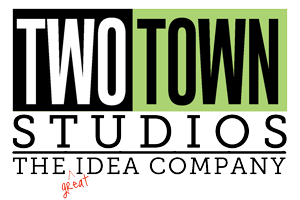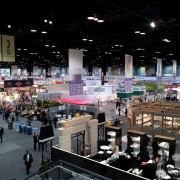Actually, It IS Your Job
A lot of people are telling those coming into art licensing that this is a business and you need to approach it as a business – but I think you should go even farther…
You are an owner. This is a different experience than working for somebody, you now work for The Me Company.
You are the receptionist, the first point of contact and the public face of your company, so plan to look and act like a professional.
You are the marketing officer, so you need to understand where your products fit – and where they don’t.
You are the production department. Quality with efficiency is your goal.
You are the CFO, deciding how to apply limited assets to reap the greatest return while you constantly and realistically assess the probability of becoming profitable.
You are the sales person, so you need to find, initiate and follow through with your customer contacts.
You are the operations manager, arranging priorities and scheduling the work.
You are the quality control officer. Every product is inspected and flawless before it goes to…
You, the shipping department. Delivering your product as promised – accurate and on time.
You also have the big job in the big office: you are the CEO, the Director of Innovation, the Department of Strategic Thinking, so you need to work with the big picture. Your business will evolve and change constantly, the markets will shift and what is going to work tomorrow is always a question, and you have to answer that question. There are very few things on this path that are truly out of your control, so whatever happens will be your fault. The success or failure of your company – whichever it is – is whatever you decide to make it. Always.
The sooner you accept that the sooner you can choose success.
And don’t forget to make a fresh pot of coffee before you sweep out the back room…




